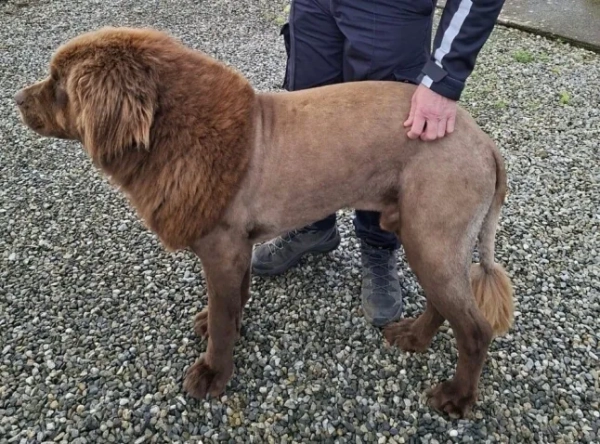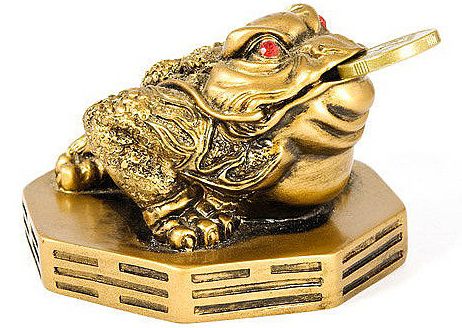
Video Researchers Suggest Noah's Ark Site May Be in Eastern Turkey
An international team of scientists from the Noah's Ark Project has analyzed soil samples from the Durupinar site in eastern Turkey, which indicate that the boat-shaped site once contained ancient wood. (Source: NoahsArkScans.com)
Archaeologists have recently uncovered the purpose of a mysterious 1,500-year-old bucket found at one of England's most historically significant sites – and the results are pretty grim.
In May, the National Trust published information about the Bromswell Byzantine Bucket, discovered at Sutton Hoo.
Home to two ancient Anglo-Saxon cemeteries, Sutton Hoo has become a valuable source of knowledge about pre-Norman British history since it was first excavated in 1938.
During excavations last summer, archaeologists found the base of the Bromswell Bucket, which dates back to the sixth century. Various fragments of the bucket had previously been found, but this discovery gave researchers more material to analyze.
Having received the basis, the experts immediately began to examine the artifact using various methods, including computed tomography, CT and X-ray, and soon found the answer.
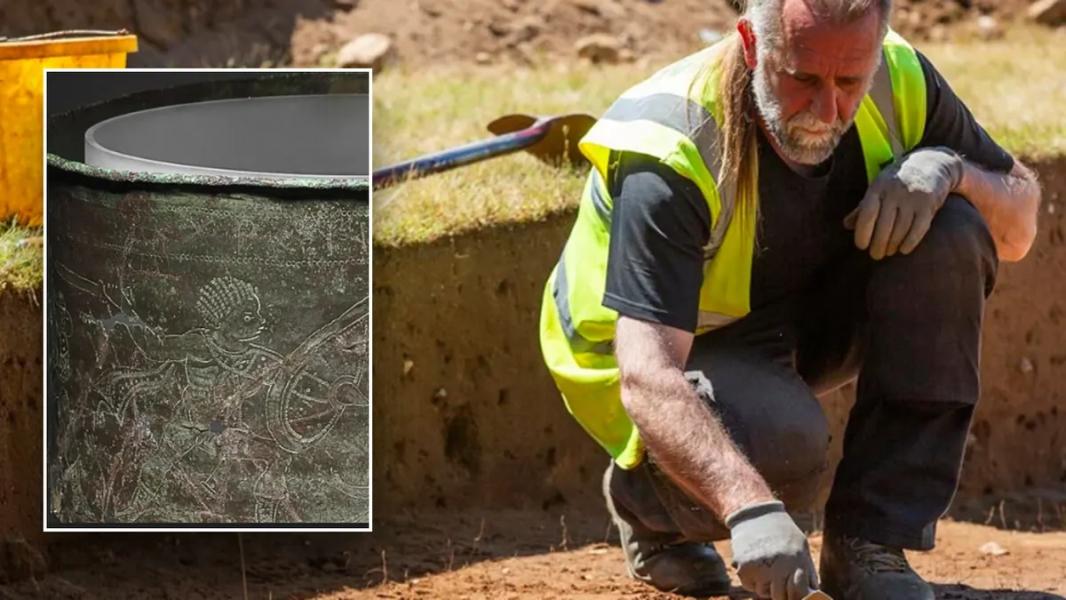
Archaeologists have recently revealed the purpose of the sixth-century Byzantine Bromswell Bucket, found at Sutton Hoo, the site of two cemeteries. (National Trust Images/David Brunetti/James Dobson)
Unfortunately, experts found out that the bucket was used to store the cremated remains of an important person and her burial items.
“The discovery of cremated human and animal bones confirms that the find served as a cremation vessel,” the National Trust said.
The organisation added: “The cremated human remains included parts of the talus (ankle) and fragments of the cranial vault (the top part of the skull that protects the brain).”
“It's a remarkable combination – a vessel from the southern, classical world containing the remains of a very northern, very Germanic cremation.”
The bucket dates back to the 500s and is decorated with a hunting scene depicting men with swords and shields, as well as dogs and lions, creating a vivid image of life in the past.
“The latest fragments include feet, paws, shield bases and even the missing face of one of the men,” the statement said.
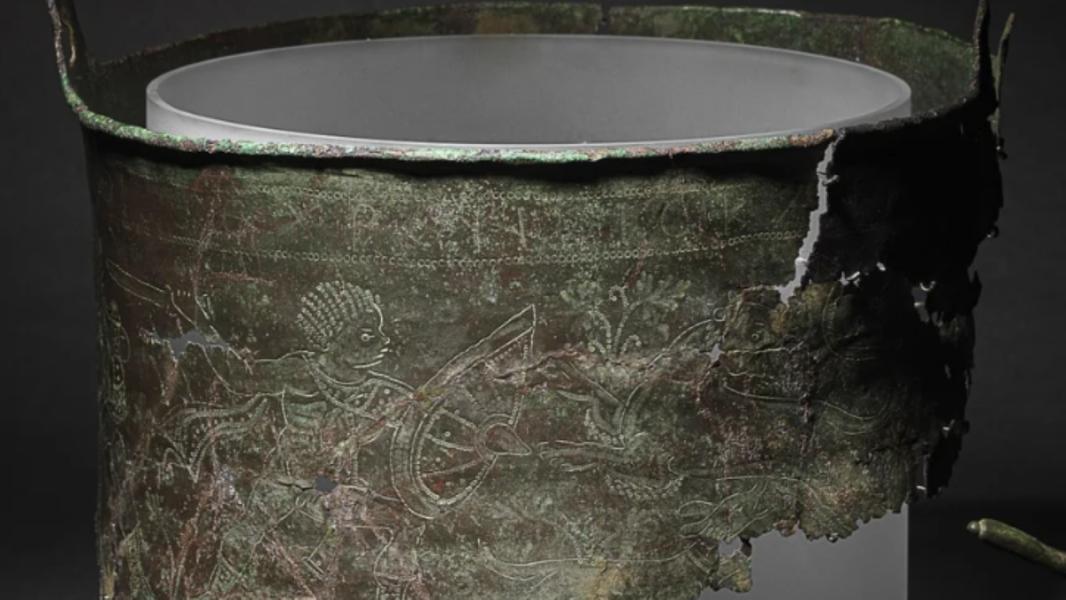
The bucket was brought from Antioch in the Byzantine Empire in the 500s. (National Trust Images/David Brunetti)
The bucket is believed to have come from Antioch, now located in modern-day Turkey.
The National Trust said: “The letters used in the design of the bucket suggest it was made in the 6th century, making it around 100 years old when it was buried at Sutton Hoo.”
The researchers also found a “mystery object” that turned out to be a double-sided comb made of deer antler. Interestingly, this object was not burned.
According to the National Trust, the presence of a comb suggests that the Anglo-Saxons placed great importance on grooming, as combs have been found in both male and female burials.
“Less romantically, the combs may also have been useful for fighting lice,” the report said. “While the gender of the human bone in the crematorium could not be determined, there is hope that ancient DNA from the owner may have been preserved on the comb, and analysis could reveal more about him.”
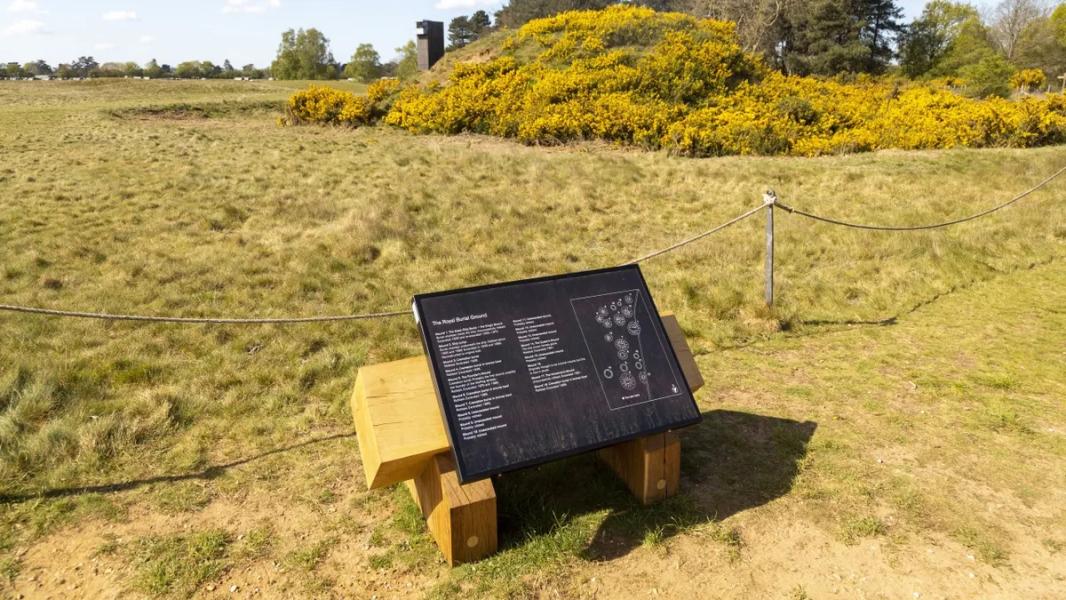
Since its first excavations in 1938, Sutton Hoo has become a treasure trove of knowledge. (Getty Images)
National Trust archaeologist Angus Wainwright said he hoped future research would reveal more details of “this absolutely unique burial”.
“We knew that this bucket was a rare and valuable item in Anglo-Saxon times, but the question always remained,
Sourse: www.foxnews.com



